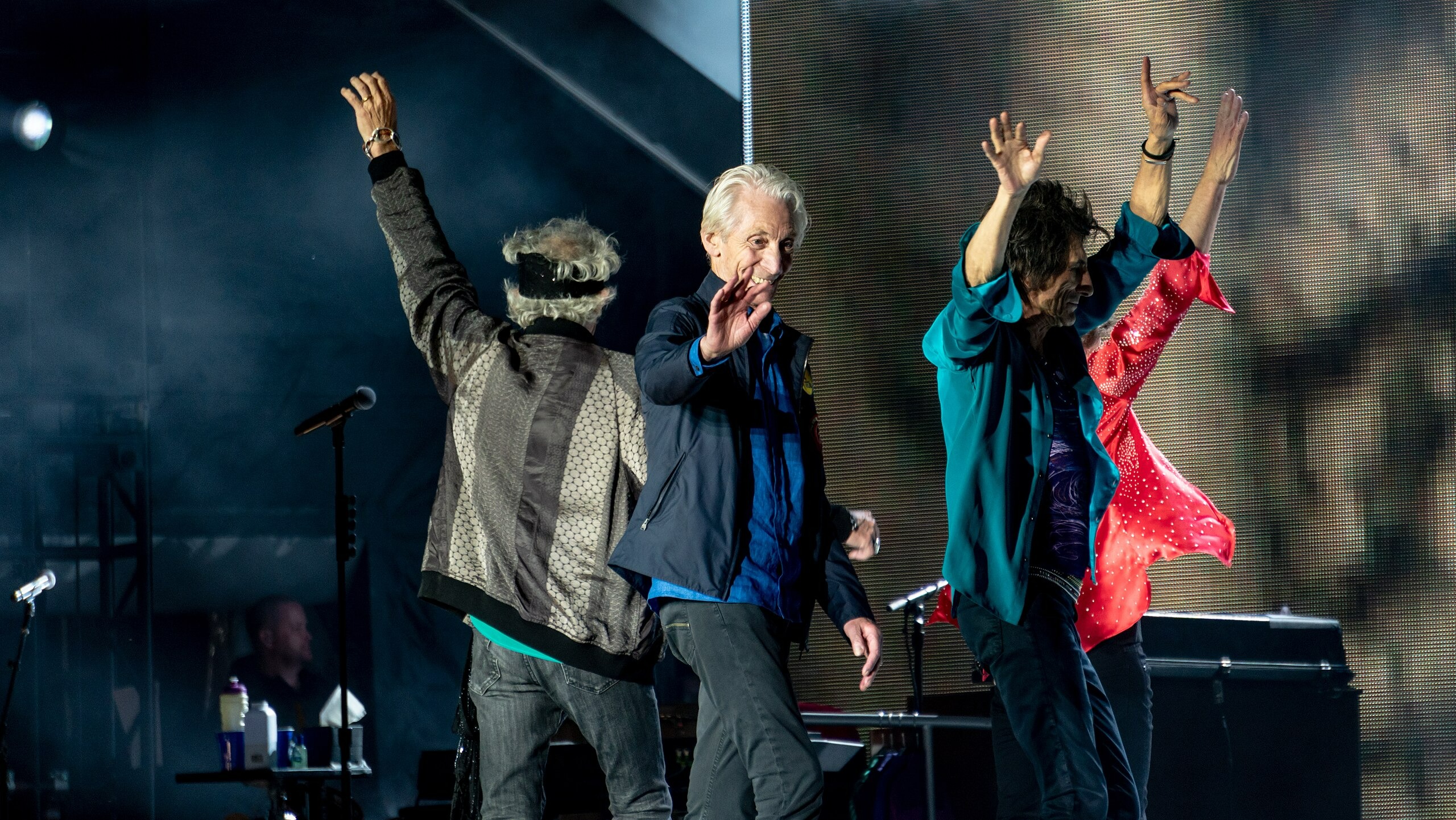As Black Sabbath prepares their final bow at Birmingham‘s Villa Park on July 5, metal’s brotherhood delivers the ultimate tribute. Judas Priest’s cover of “War Pigs” isn’t just another nostalgic cash grab—it’s a studio crystallization of respect that’s been building for over a decade. When you’ve been walking onto stages to someone else’s anthem for ten years, recording your own version feels less like imitation and more like inevitable homage. Even Ozzy’s recent admission that he’ll only perform “a few songs” at the farewell show adds urgency to preserving these metal monuments in their full glory.
The timing couldn’t be more poignant. Rob Halford‘s crew dropped this cover just three days before Black Sabbath‘s “Back to the Beginning” farewell show, marking the original lineup’s first reunion in two decades. Unfortunately, Judas Priest won’t witness this historic moment firsthand—prior commitments with Scorpions in Germany mean missing what might be heavy metal’s most significant goodbye. Sometimes the touring circus demands impossible choices, even for legends.
But here’s where the cover transcends typical tribute territory. “War Pigs” has soundtracked Judas Priest‘s entrance for years, creating an almost ritualistic connection between band and audience before the first chord rings out. Your average metal fan knows that walk-on music selection isn’t casual—it sets the entire evening’s tone. By finally recording their interpretation, Judas Priest transforms a borrowed anthem into something uniquely theirs while maintaining the original’s anti-war fury.
The timing gains extra weight when you consider Judas Priest’s own legacy documentation efforts. Their recent documentary project captures decades of metal evolution, showing how bands like Black Sabbath shaped entire generations of musicians. Recording “War Pigs” during this reflective period isn’t coincidence—it’s part of acknowledging the shoulders they’ve stood on throughout their career. Your favorite metal moments often trace back to these foundational influences, and Judas Priest’s cover makes those connections explicit rather than implied.
This Birmingham-to-Birmingham salute represents more than musical admiration. Both bands emerged from the same industrial English landscape that birthed heavy metal, understanding that genre loyalty runs deeper than competitive industry nonsense. When streaming algorithms push playlist conformity, acts like this remind us why metal’s foundations remain unshakeable.
The cover serves as both farewell gift and historical document—proof that influence flows both ways in metal’s ecosystem.


























